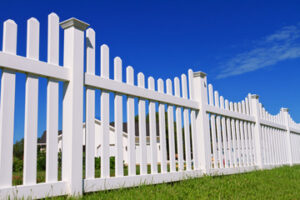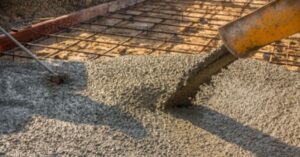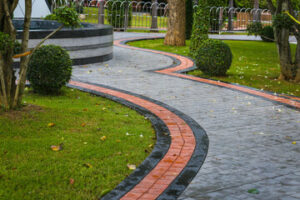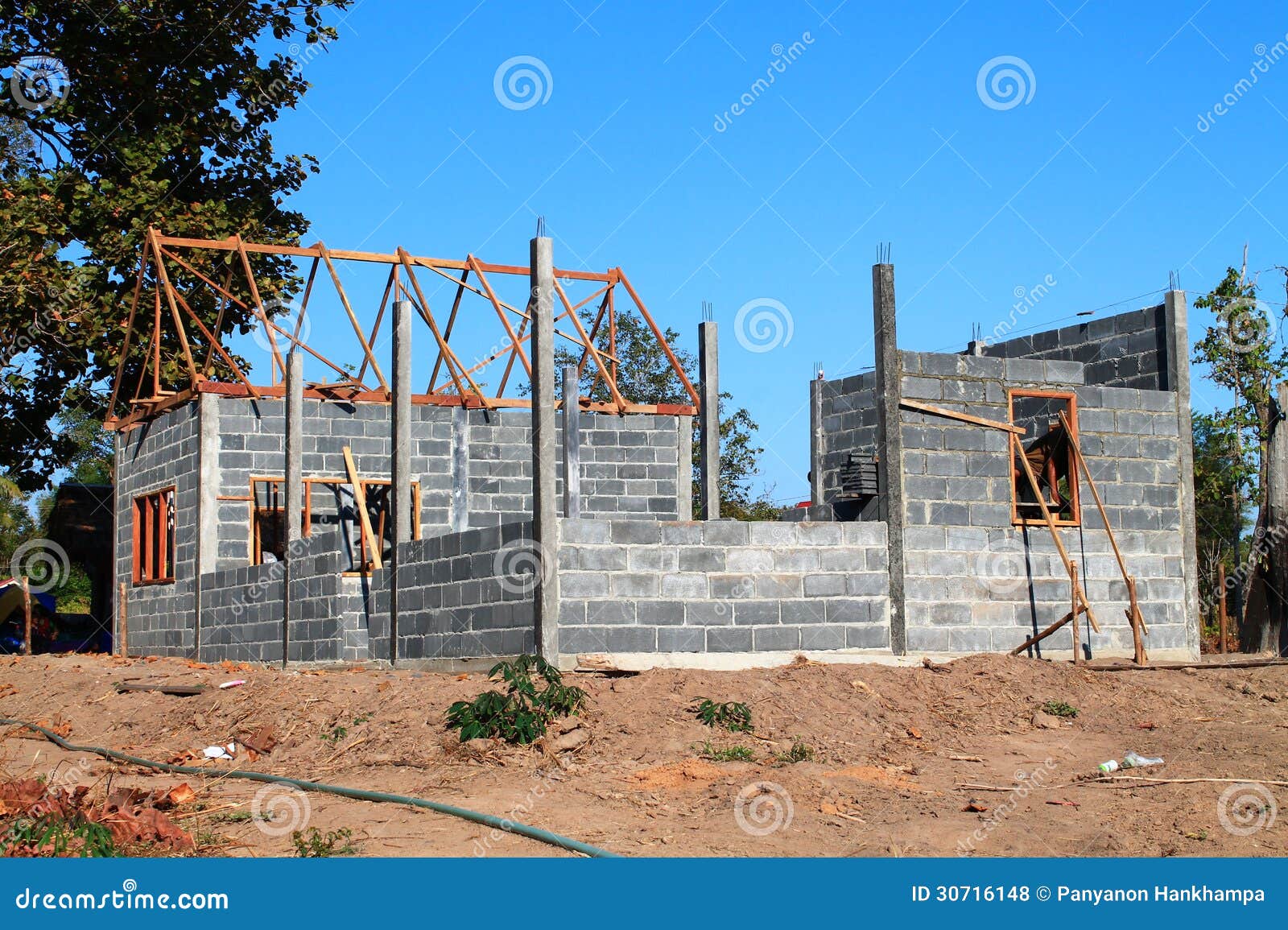A commercial contractor is someone who oversees the entire construction project from its start to finish. They take care of everything from civil works to electrical and plumbing work.

They also manage the process of hiring subcontractors who have experience and expert credentials in their respective fields. This can be difficult and time consuming. Visit https://www.infinity-construct.com/ to learn more.
When it comes to commercial construction, detailed planning is essential for project success. A good plan will include the steps required to complete a job, how long each step should take, and what equipment and materials are needed. Detailed plans can also be used to identify potential risks and challenges, and develop strategies to address them.
Detailed planning is especially important when working on a large project, such as a new office building or hospital. It can help reduce the time it takes to complete a job and minimize any disruptions. In addition, it can help ensure that the project is completed within budget and on schedule.
A detailed plan will be a roadmap for the work that is to be done and will help to prevent any issues before they occur. It will also provide a clear picture of the timeframe, cost and scope of the project. Having a well-written detailed plan will also make it easier to communicate with stakeholders and clients.
Another important role of a commercial contractor is to coordinate the various contractors involved in a construction project. This includes hiring subcontractors for specialized jobs, such as plumbing or electrical work. These subcontractors can be a great asset to the construction process, as they can handle difficult or complicated tasks that general contractors may not be able to do.
Commercial contractors are also in charge of preparing the construction site for the building project. This can include clearing the site, surveying and testing the soil. They also have to coordinate with the architects and act as a liaison between them. They should be able to answer any questions or concerns the architect might have.
Detailed planning can be time-consuming, but it is an essential part of the construction process. Taking the time to create a detailed plan can significantly reduce the construction timeline and improve the quality of the finished product. A detailed plan will also help to avoid any costly mistakes and ensure that the work is completed on time. In order to avoid these costly mistakes, it is important to work with a reputable and experienced contractor.
Project Management
When it comes to commercial construction projects, project management is one of the most important aspects of the process. It involves defining the strategic value of a project, estimating required resources, and setting a finite timeframe to complete it. Moreover, it also involves the development of a plan that outlines project objectives and influences the decisions made by project team members. All types of businesses rely on projects to achieve their short- and long-term goals. Hence, the importance of a good project manager cannot be overstated.
Commercial contractors are professional construction professionals who are able to handle projects of all kinds and sizes. They are knowledgeable about building codes and permit regulations and can ensure that their projects meet the necessary compliance requirements. They can also help clients design their buildings, determine the budget for the project, and order long-lead materials. This makes them an essential part of any construction project.
A good commercial contractor will be able to provide you with a list of potential subcontractors who are licensed to work in your area. You can select the best ones based on their reputation, experience, and credentials. If possible, opt for those who have worked on similar projects in the past and have been rated highly by previous customers. This will save you a lot of time and effort.
In addition, a good commercial contractor will be able to communicate effectively with other contractors and staff. This will prevent any miscommunication and confusion during the project. Lastly, they should have a strong work ethic and sense of integrity. They should be able to work under pressure and have the ability to solve problems quickly and efficiently. They should also be able to make timely adjustments to the project schedule if needed. This will help them avoid costly mistakes and deliver a quality project on time and within budget. If you are considering hiring a commercial contractor, it is important to check their previous work and credentials before you hire them. Do not go by the lowest bids, as they may not be the best choice for your needs.
Managing Subcontractors
When it comes to commercial contractor services, managing subcontractors is an important aspect of a project. Unlike a residential contractor, commercial contractors often work with specialized individuals and companies that have experience and expertise in specific areas of the build such as plumbing, electrical, carpeting, or painting. Managing these specialized subcontractors requires a special set of skills and abilities that not all contractors have. The first step in selecting a suitable subcontractor is to identify the skills required for the job and review proposals, bids or quotes. Once this is done, you should be able to choose the right subcontractor based on their level of expertise and your budget.
The next step is to ensure that your subcontractor has the proper qualifications and insurance coverage needed for the project. You should also ask for references and look at their previous projects. Make sure that they are licensed in the area where your project is being built, as this will help ensure that they have knowledge of the regulations, zone requirements, materials to be used and other factors that may impact the construction process. You should also check their insurance coverage and workman’s compensation rates to ensure that they have enough coverage in the event of an injury on the job.
Once you have selected your subcontractor, be sure to provide them with clear and detailed specifications, as well as precise contract details. In addition, you should always be available to answer any questions that they may have. It is also important to keep in contact with them throughout the project. This will not only prevent any misunderstandings or delays, but it will also ensure that the work is being performed properly.
Finally, it is essential to monitor and control costs throughout the project lifecycle. This will ensure that all cost estimates are accurate and that any potential budget overruns are addressed promptly. By establishing an issue tracking system with your subcontractors, you can manage modifications to project scope, schedules and budgets as they occur. In addition, this will allow you to incorporate subcontractors into your change management best practices and avoid costly mistakes that can result in project delays and unwarranted expenditures.
Managing Budgets
A commercial construction project requires a lot of money, so it’s essential that the budget is managed properly. It’s important to track actual expenses and compare them to the estimate in order to identify any areas that are over or under budget. It’s also important to manage change orders effectively and establish clear procedures for obtaining approvals. Using cloud-based project management software can help to streamline the process and make it more efficient. This ensures that everyone involved is on the same page and eliminates misunderstandings.
One of the most common reasons for budget overruns is lack of effective communication between all stakeholders. It’s important that all team members are aware of and understand the project schedule, cost breakdowns, and billing cycle in order to avoid any surprises. Having clear channels of communication and regular budget meetings can help to keep everyone on the same page, reduce misunderstandings, and promote a proactive approach to managing costs.
Another factor that can have a significant impact on the overall project cost is risk. A commercial contractor must assess potential risks and develop contingency plans to handle them. This can involve adjusting the scope of the project, reallocating resources, or utilizing any other effective strategies to minimize financial overruns. A good commercial contractor will monitor the budget closely throughout the build and address any issues that may arise before they become a problem.
It’s also important that commercial contractors use a reliable tracking system to monitor expenses throughout the construction process. This will help them identify any areas that are over or under budget and take corrective measures to prevent project overruns. In addition, it will help them ensure that they are meeting the requirements of their contracts with clients.
Managing construction projects requires a great deal of skill and experience. A good commercial contractor is proficient in the various responsibilities that they have to perform and can handle any challenges that come their way. This can include unforeseen costs, labor shortages, inflating material prices, and safety risks. By implementing effective strategies to overcome these challenges, they can deliver successful projects on time and within budget.





